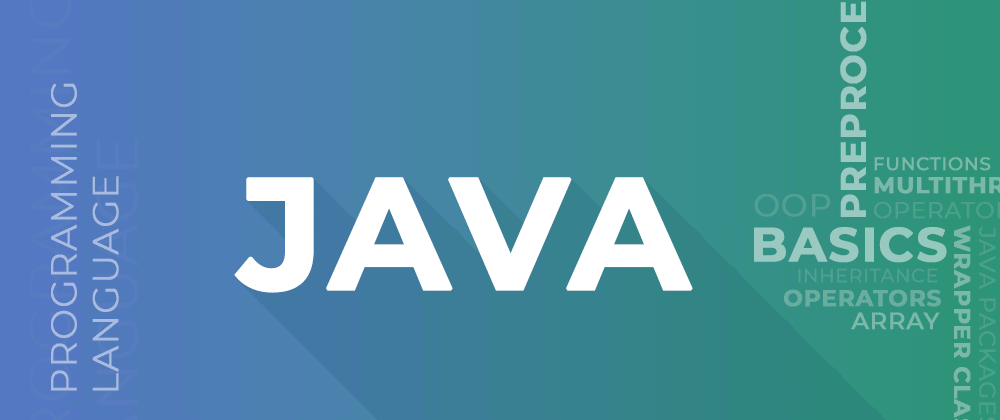When I started learning Java as a software engineering student, it felt like climbing a mountain — daunting but doable with the right path. Java’s everywhere, from apps to enterprise systems, and my journey so far has taken me from basics to Spring Boot. If you’re just starting, here’s a roadmap based on my experience: basics, OOP, Swing, error handling, threading, JDBC, a small app with MySQL and Scene Builder, socket programming, and finally Spring and Spring Boot. Let’s walk through it — short and sweet!
Step 1: Java Basics
First, I tackled the fundamentals — syntax, variables, loops, and conditionals. Think “Hello, World!” and simple math programs. I used w3schools.com/java for quick tutorials and JavaTpoint.com for clear examples. It’s all about getting comfy with the language.
Step 2: Object-Oriented Programming (OOP)
Next, I dove into OOP — classes, objects, inheritance, polymorphism, and encapsulation. I built a Car class with methods like drive() to grasp the concepts.Oracle’s free Java Tutorials were gold here, breaking down OOP with examples.
Step 3: Swing for UI
Swing introduced me to graphical interfaces. I made a basic calculator with buttons and text fields. It’s old-school but teaches event handling. Check Tutorialspoint.com for Swing snippets — simple and hands-on.
Step 4: Errors and Debugging
Errors like NullPointerException tripped me up, so I learned try-catch blocks and debugging. I’d write buggy code (e.g., accessing null objects) and fix it. StackOverflow.com became my go-to for real-world error solutions.
Step 5: Threading
Threading was tricky but cool. I wrote a program with two threads — one printing numbers, another letters — to see concurrency in action:
class NumberThread extends Thread {
public void run() {
for (int i = 1; i <= 5; i++) System.out.println(i);
}
}
GeeksforGeeks.org/java-multithreading-tutorial helped me understand Thread and Runnable.
Step 6: JDBC and MySQL
JDBC connected Java to databases. I built a student management app — add, view, delete students — using MySQL. Here’s a snippet to fetch data:
import java.sql.*;
class StudentDB {
public static void main(String[] args) throws SQLException {
Connection conn = DriverManager.getConnection("jdbc:mysql://localhost:3306/students", "root", "password");
Statement stmt = conn.createStatement();
ResultSet rs = stmt.executeQuery("SELECT * FROM students");
while (rs.next()) System.out.println(rs.getString("name"));
}
}
MySQL.com has free downloads, and Javatpoint.com/jdbc-tutorial guided me.
Step 7: Scene Builder for UI
For a better UI, I paired JDBC with Scene Builder (JavaFX). I designed a form in Scene Builder, then linked it to my JDBC app to add students via a button. Gluonhq.com/products/scene-builder offers the tool, and YouTube.com (search “JavaFX Scene Builder tutorial”) has visual walkthroughs.
Step 8: Socket Programming
Socket programming opened up networking. I made a chat app — a server and client talking over sockets:
// Server
ServerSocket server = new ServerSocket(5000);
Socket client = server.accept();
PrintWriter out = new PrintWriter(client.getOutputStream(), true);
out.println("Hello from server!");
GeeksforGeeks.org/socket-programming-in-java was my lifeline here.
Step 9: Spring and Spring Boot
Finally, I hit Spring and Spring Boot — frameworks for modern apps. Spring handles dependency injection; Spring Boot simplifies it with auto-configuration. I built a REST API to list users:
@RestController
public class UserController {
@GetMapping("/users")
public List<String> getUsers() {
return Arrays.asList("Alice", "Bob");
}
}
Spring.io/guides and Baeldung.com eased me into it with step-by-step examples.
Tips and Resources
- Start small — a few lines daily.
- Practice on LeetCode.com (Java section) for coding challenges.
- Watch FreeCodeCamp.org Java videos for free, structured learning.
- Search #JavaDev for community tips.
Wrapping Up
My Java journey — basics, OOP, Swing, errors, threading, JDBC, Scene Builder, sockets, and Spring Boot — built my confidence step-by-step. Each stage taught me something new, from desktop UIs to web APIs. It’s not a race; pick a resource, code a little, and grow. Java’s a beast, but this roadmap tamed it for me — it can for you too!





Top comments (0)